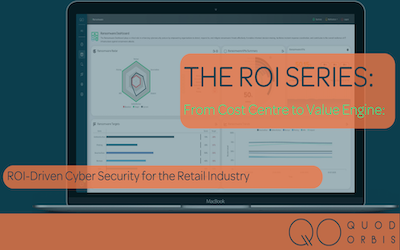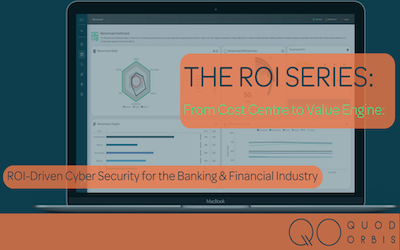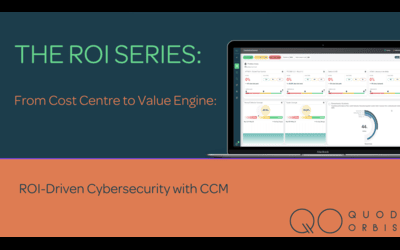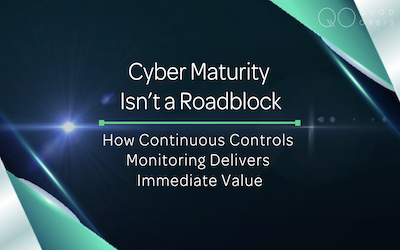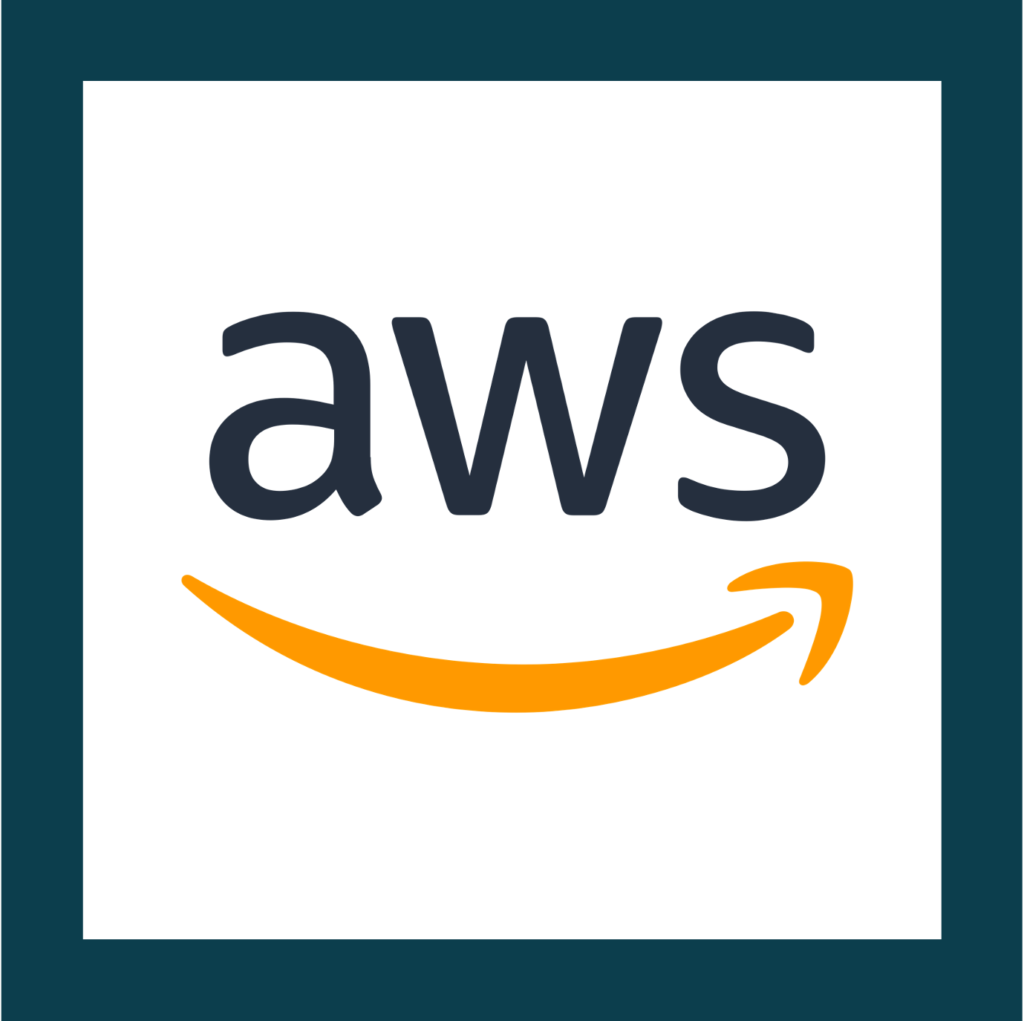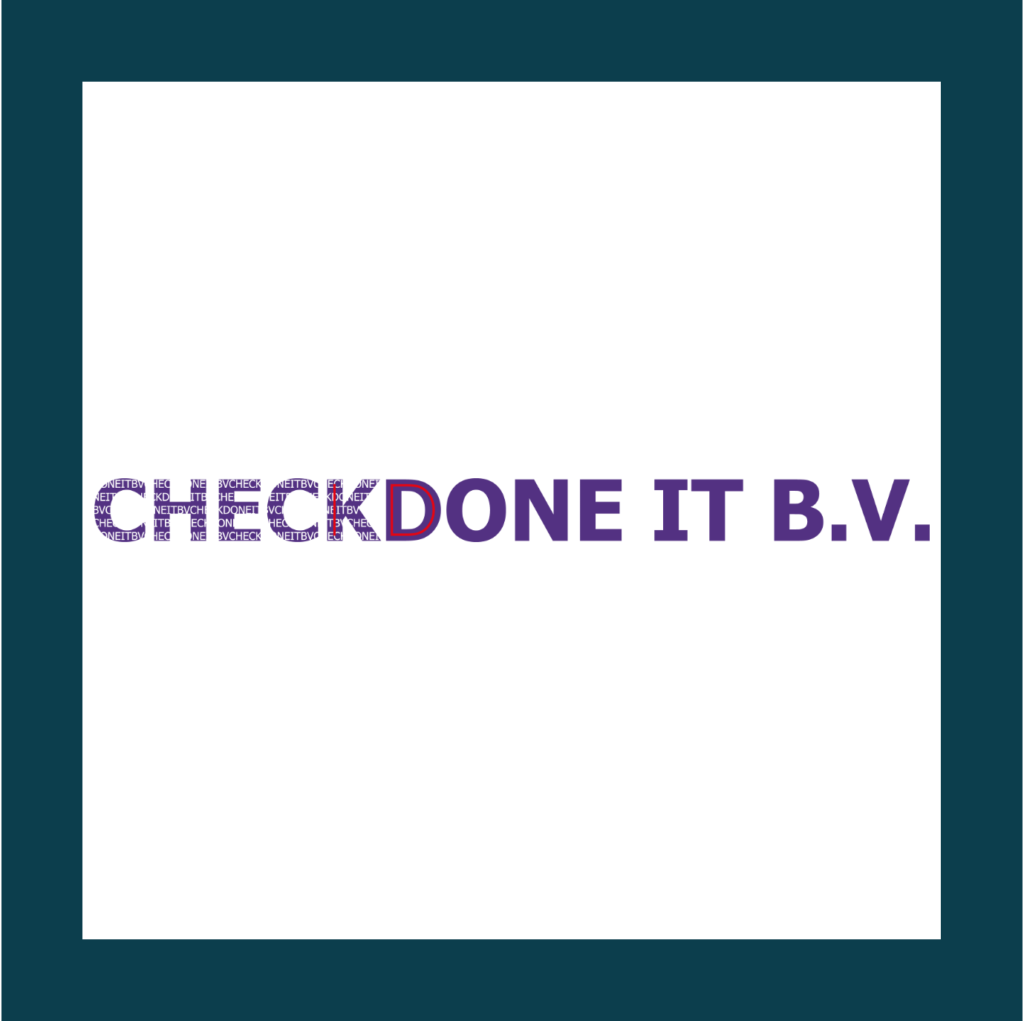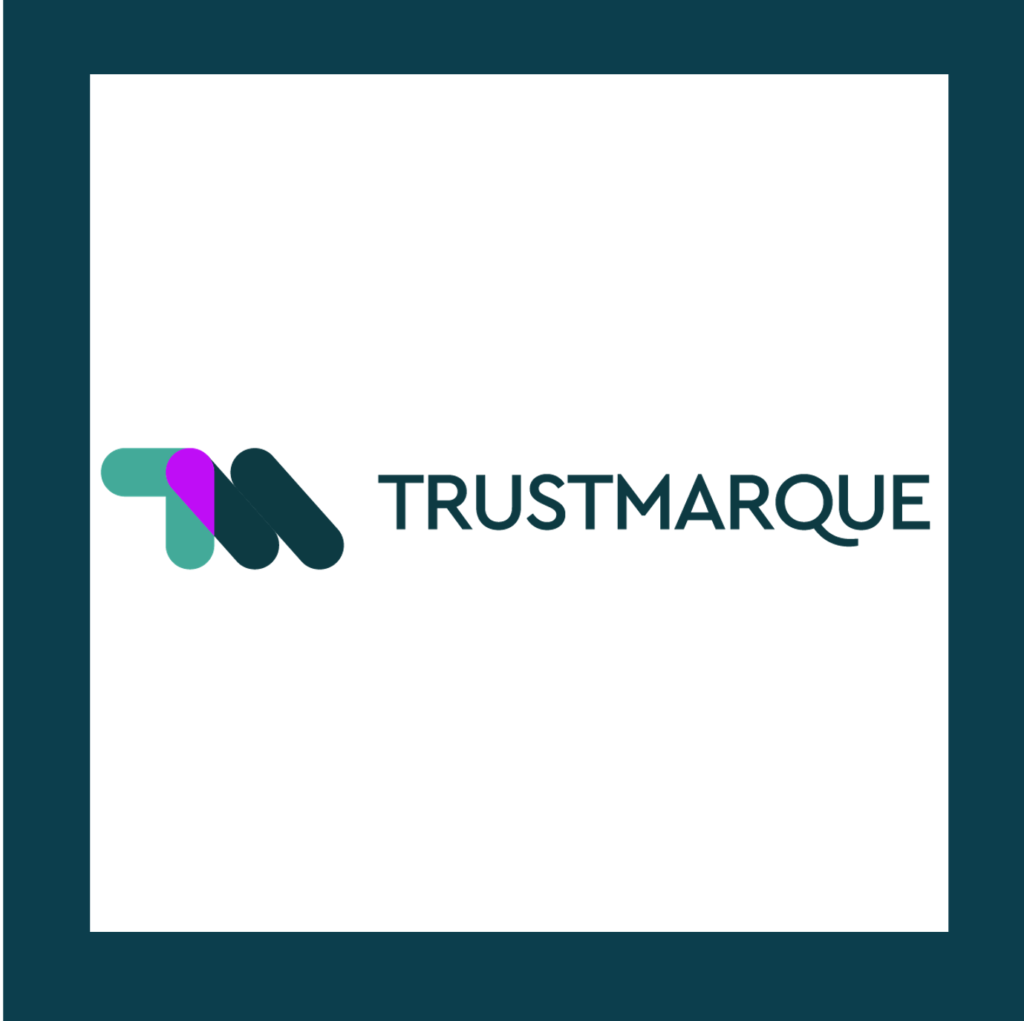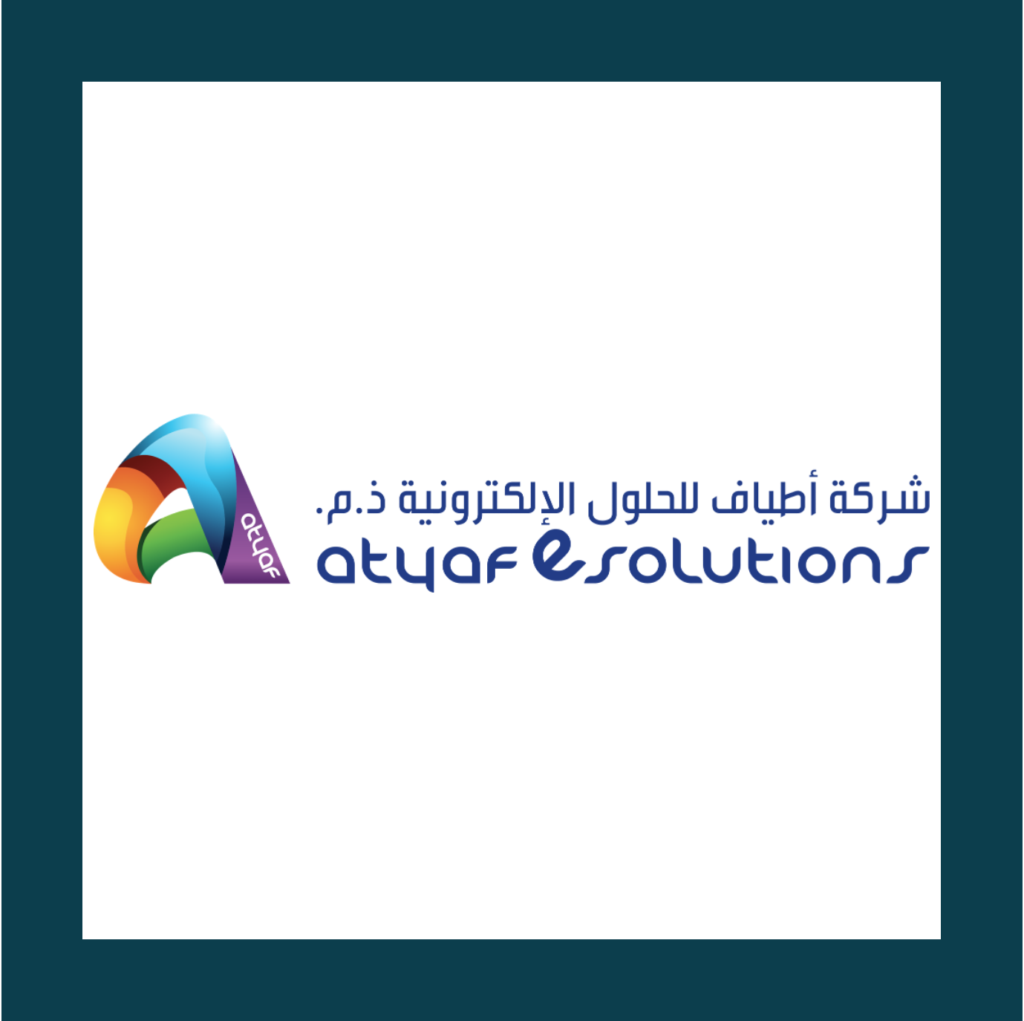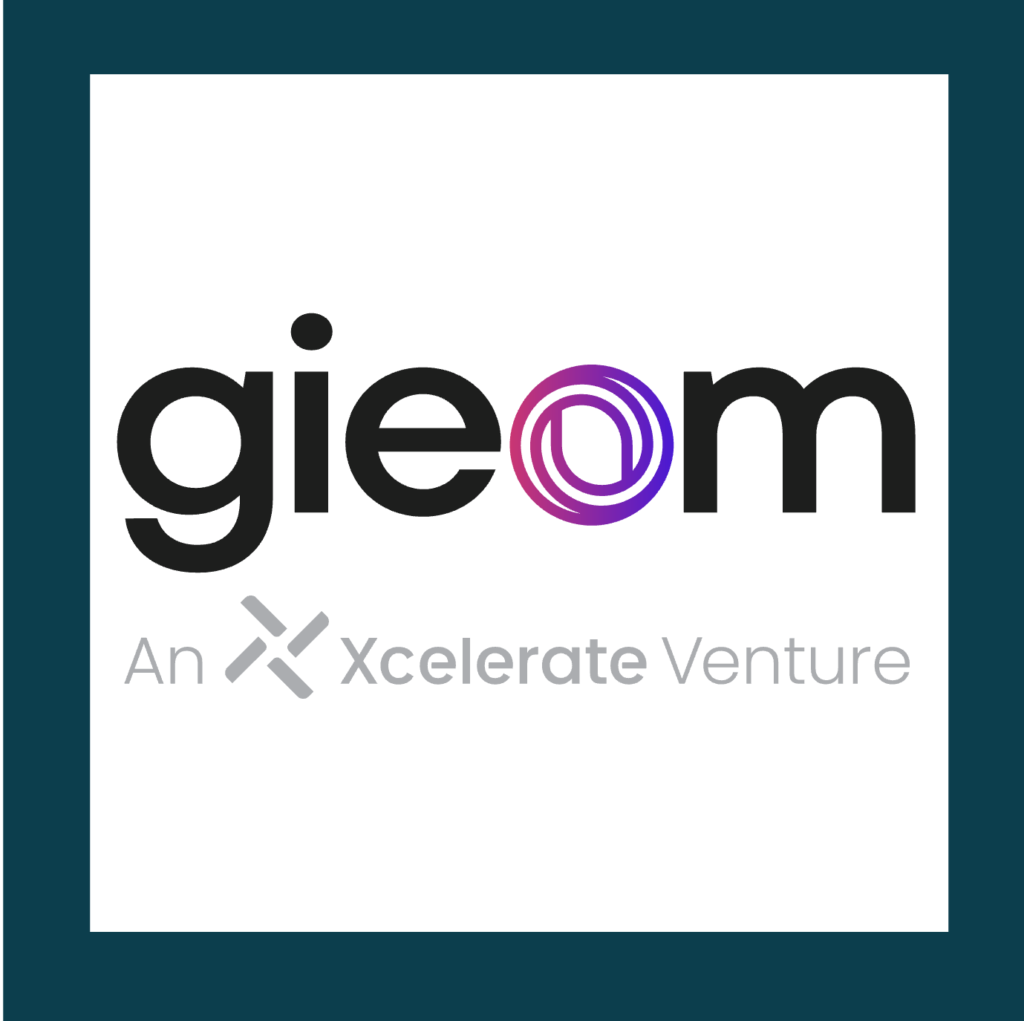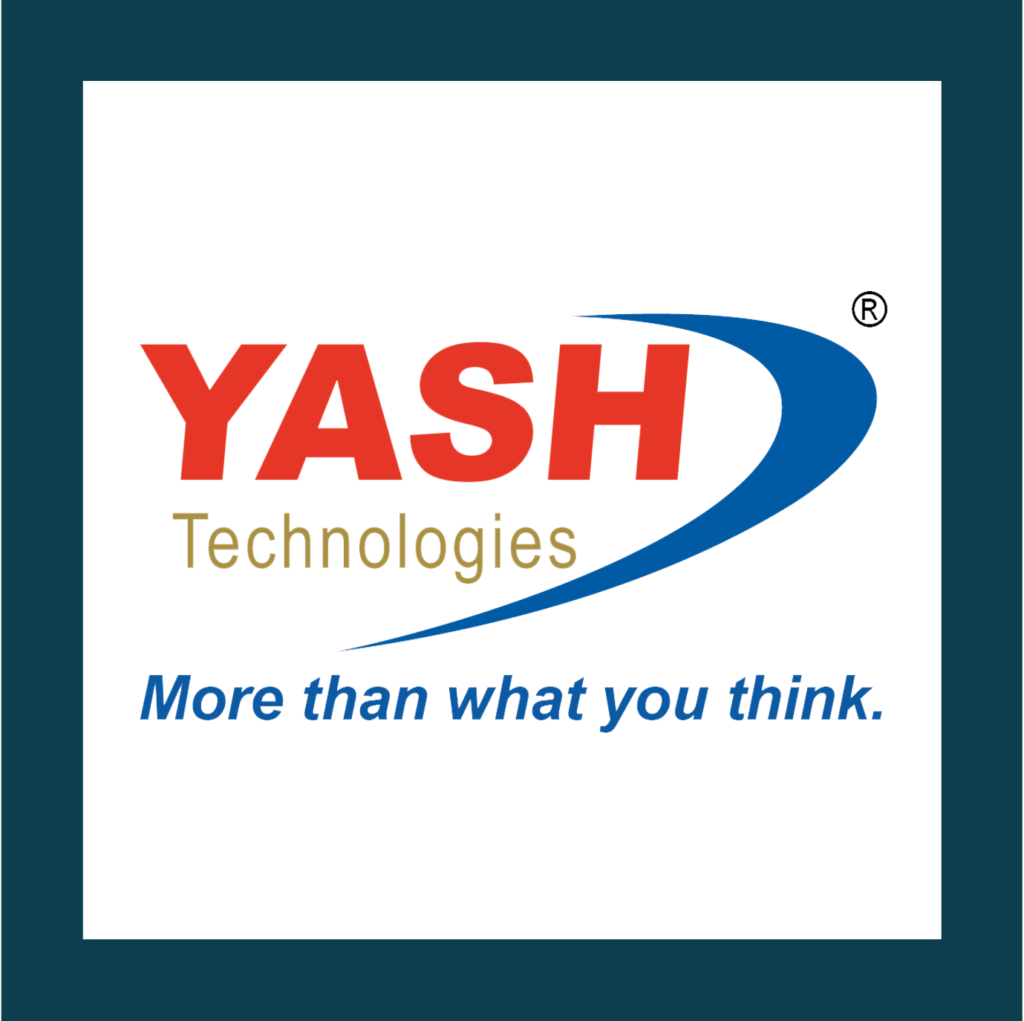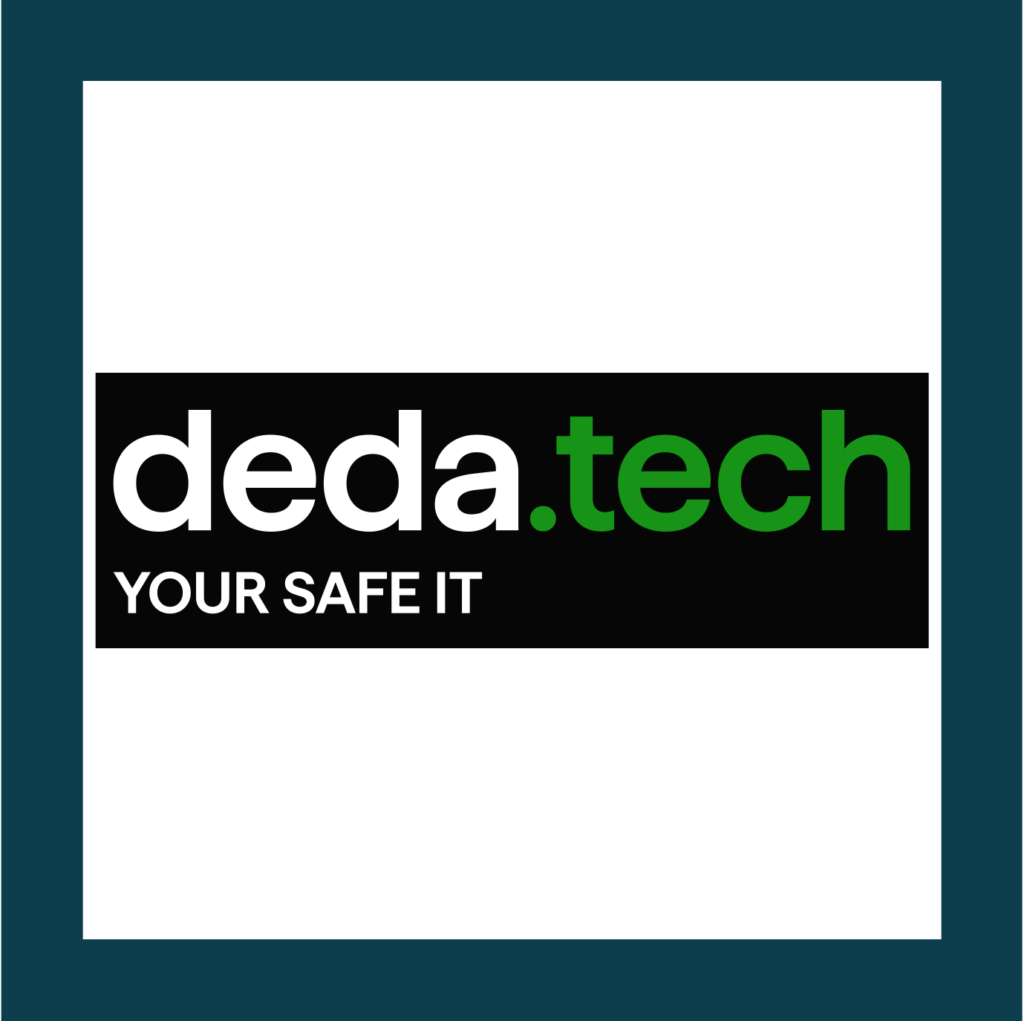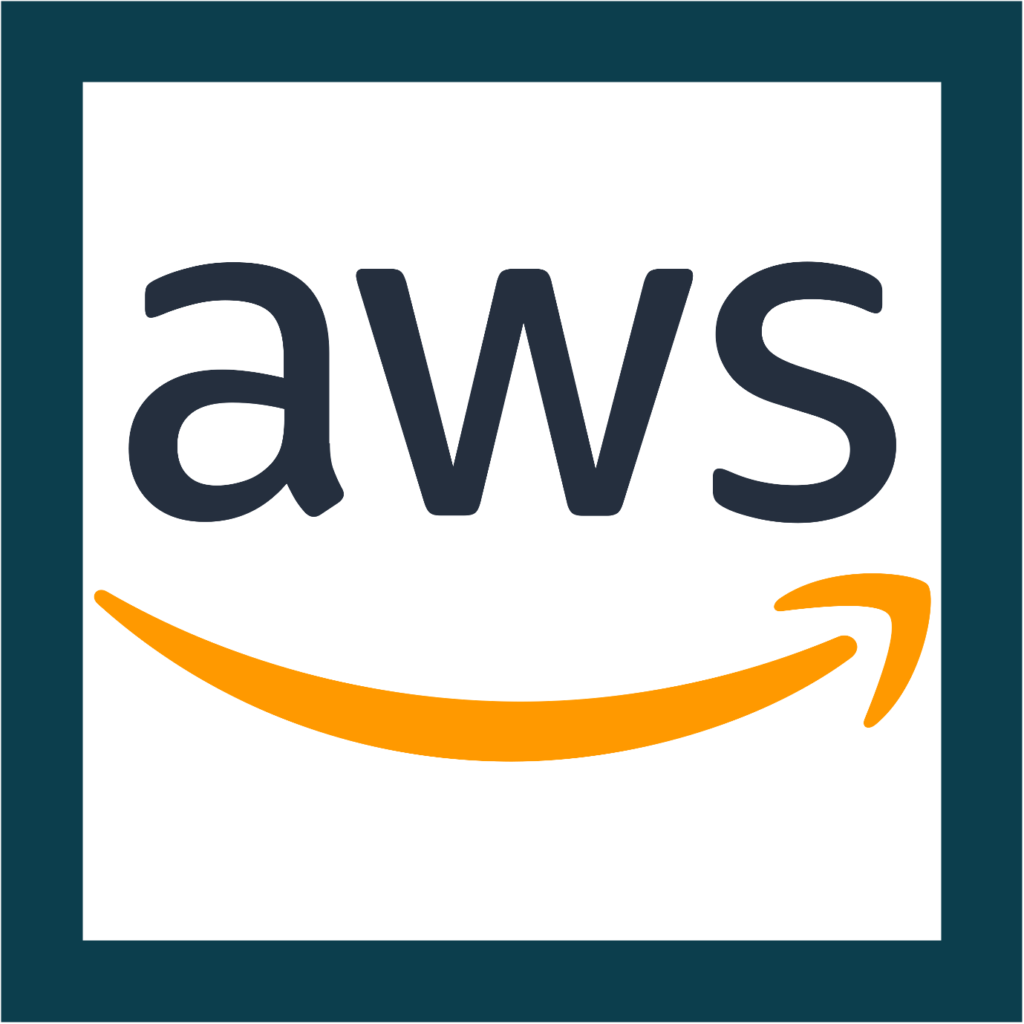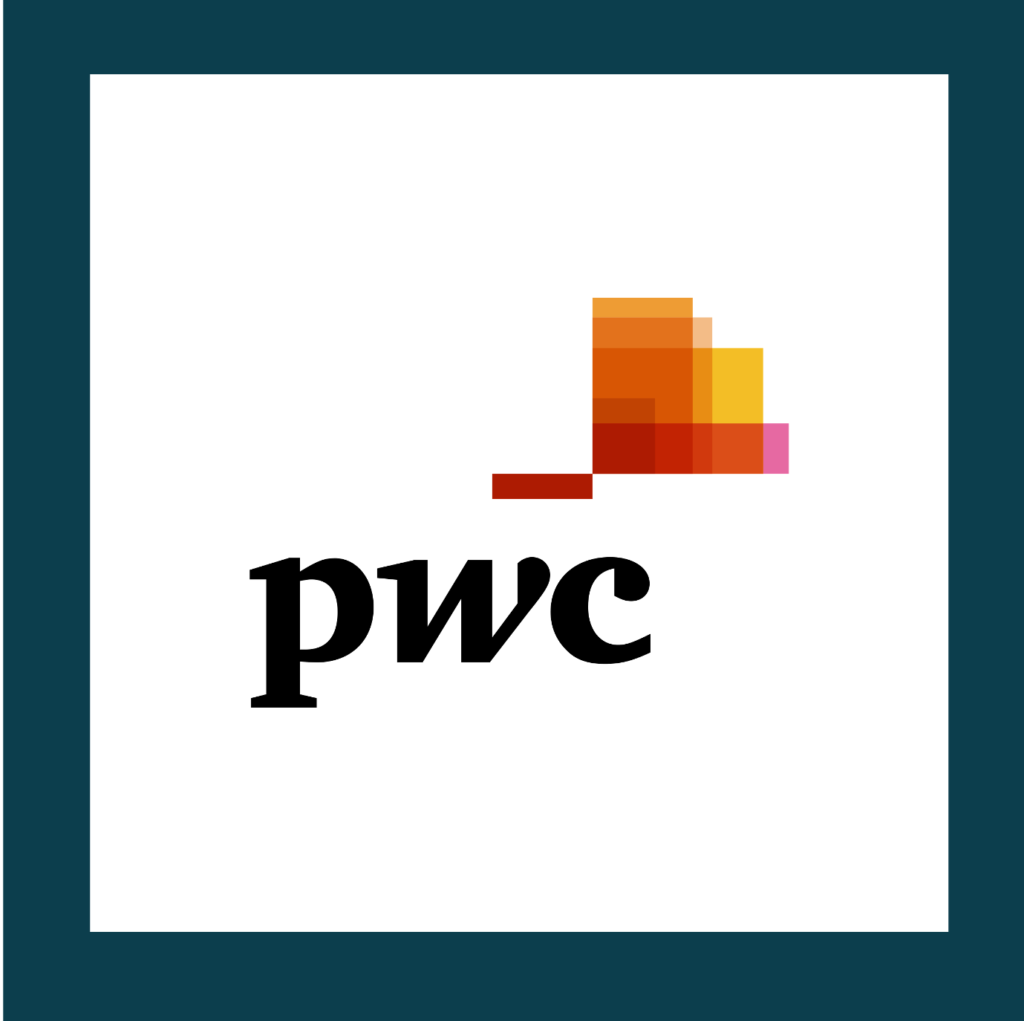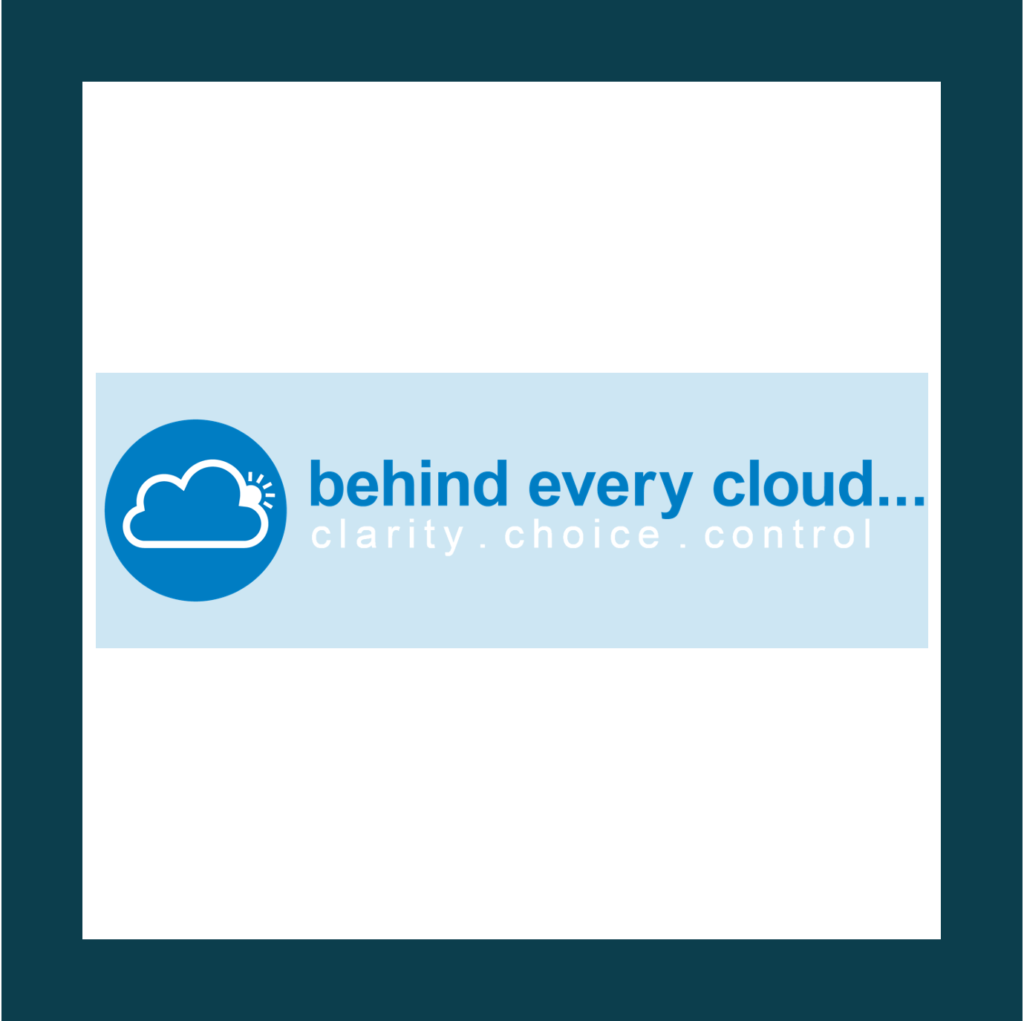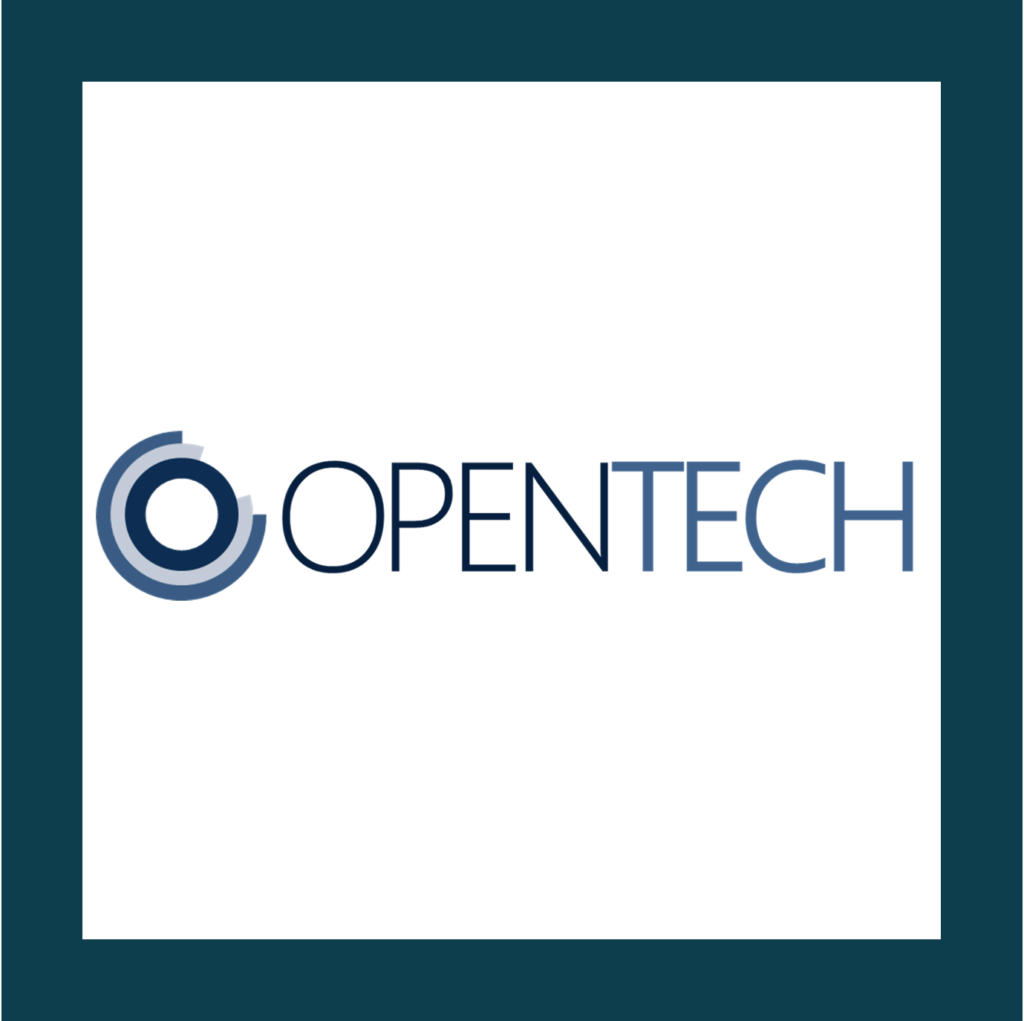According to a 2020 report from the Consortium for IT Software Quality (CISQ), technical debt in the U.S. alone has ballooned to over $2 trillion every year and 23-42% of development time is wasted because of that tech debt.
Its’s a balancing act; Enterprises must keep as operationally fluid as possible, and, in order to do so, they have to prioritise taking short-cuts in order to progress. However, when that action is taken from a technical aspect, it can result in what is called ‘technical debt’ which in the short term gets them to where they need to be quicker but, if left unresolved, can have longer-term detrimental effects on a business.
What is technical debt?
Technical debt is the cost of additional work that has arisen when code that is easy to implement in the short run is chosen over a more robust solution that would take longer to implement and thus longer to deploy. It’s a metaphorical way of describing the far-reaching consequences of prioritising quick, easier solutions over more time-consuming alternatives. Similar to financial debt accruing over time, technical debt can result in huge amounts of additional work and more complexity long-term, resulting in more problems in the future.
Striking the balance between the ‘quick fix for now’ and a more long-term sustainable solution is challenging for software teams, particularly as they are under pressure to deliver. But heed the warning; if you don’t address technical debt then very soon this will impact your business in multiple ways meaning more bugs that take considerable time to fix, code complexity, delayed maintenance and continued use of outdated technology just to address immediate issues.
What is the overall impact to a business of technical debt:
In short, the price of speed over substance which results in technical debt can have far reaching consequences:
Agility is hindered: accumulated technical debt will slow development cycles resulting in teams struggling to implement new features or respond to business demands, ultimately impacting the efficiency of the business to be competitive in their market.
Increased maintenance costs: The delay in dealing with technical debt results in more bugs and more downtime because fixing and maintaining this will remove focus and time away from more innovative solutions.
Productivity decreased for developers: Developers working on a codebase with significant technical debt may spend more time understanding and navigating complex and poorly documented code, decreasing overall productivity. This will certainly insight dissatisfaction amongst developers.
Scaling difficulties and longer time to market: Features take longer to implement; delays to delivery of new products to market makes the business less agile and less able to react to market trends.
Overall Cost is more significant than you realise: Short cuts can feel cost effective and quicker, but in reality they are not because the long-term costs of fixing issues amongst your technical debt will definitely outweigh the initial cost savings.
There are 8 key areas your cyber security programme will be affected by as a result of technical debt.
As technical debt accumulates within an organisation, vulnerabilities and security coverage gaps will inevitably appear that allow cyber security professionals to take advantage of:
- A lack of monitoring and reporting: As a result of technical debt, many being left forgotten or ignored, will most certainly hinder an organisations capability to monitor their business infrastructure to remain secure, hindering the detection of security incidents. With poor visibility comes a significantly enhanced prospect of a security incident that goes completely undetected.
- Likelihood of Non–compliance: It’s hard to be assured of your compliance when you do not have the visibility of all your technical debt.
- Security Vulnerabilities: Rushed, poorly implemented code because of technical debt will create security vulnerabilities. Vulnerabilities to be aware of are injection attacks, buffer overflows or insufficient input validation which will leave your business infrastructure compromised.
- Inadequate Authentication: Shortcuts to implementing proper authentication mechanisms are often as a result of technical debt. These weaker authentication processes allow an open gateway for cyber criminals to gain access to sensitive data.
- Outdated Dependencies: Outdated frameworks or third-party components as a result of technical debt can lead to security issues. Security patches and updates are often neglected, exposing vulnerabilities that newer versions have already removed.
- Poor password management: Technical debt creates insecure storage of sensitive data such as passwords, API Keys etc. Failure to manage these ‘secrets’ will inevitably lead to unauthorised access and resulting data breaches.
- Patching that’s delayed or neglected: Technical debt can create a culture of neglected patching which results in systems exposed to known vulnerabilities – yet another gateway for cyber attackers to exploit.
- Security Audits that are challenging: An accumulation of technical debt will make security audits challenging because there will be a lack of complex code structure and documentation that will hinder remediation of security issues.
How can continuously monitoring your entire business infrastructure help eradicate technical debt?
Continuously monitoring your entire business infrastructure will help organisations eradicate technical debt because it will focus on not only on monitoring your security risks, but create a live asset repository, connecting to every data source within your business and thus monitoring your compliance, continuously. Automation is a key component of Continuous Control Monitoring (CCM) which alleviates the burden of technical debt. In particular CCM will achieve the following:
Continuous Compliance Checks: Automation within the platform will monitor the compliance of any regulatory framework, checking coding standards and security practises and it is the automation that enforces these standards which will drive a culture of teams being less likely to introduce new instances of technical debt during the development process.
Metrics Quality: Continuous Controls Monitoring can analyse code quality metrics such as code duplication and monitor the adherence to coding standards. This allows dev teams to identify areas of higher risk of technical debt and take proactive steps to address them.
Security Vulnerability Scanning: The CCM platform will continuously monitor security vulnerabilities through automation and identify and report on this which allows teams to address security-related technical debt promptly.
Performance Metrics Monitoring: Organisations could continuously monitor the performance and efficiency of software. This will support identifying areas of potential technical debt that may affect system performance.
Dependency Management: Monitoring software dependencies is crucial to avoiding technical debt related to outdated or vulnerable libraries. CCM can track these dependencies and use upstream ticketing to notify teams of updates so that the software is using the latest and most secure versions.
Change Management Controls: Continuous Controls Monitoring will enforce change management processes meaning that all code changes will have to go through a review and approval processes, meaning it is less likely that the introduction of unplanned technical debt can occur as a result of rushed or unapproved changes.
Automated Testing Integration: Continuous integration and deployment are all part of CCM strategies. Automated testing CI/CD pipelines helps catch bugs and issues early, reducing technical debt accumulating over time.
Real-time monitoring and Alerts: CCM provides this consistently so that deviations from controls and policies are addressed promptly, minimising the impact of technical debt on overall software quality.
Customised Dashboards and Reporting: These reports are valuable in communicating the status of technical debt to stakeholders and allowing them to focus on promising remediation efforts.
Do you have technical debt or suspect you have? Why not visit …. CTA

